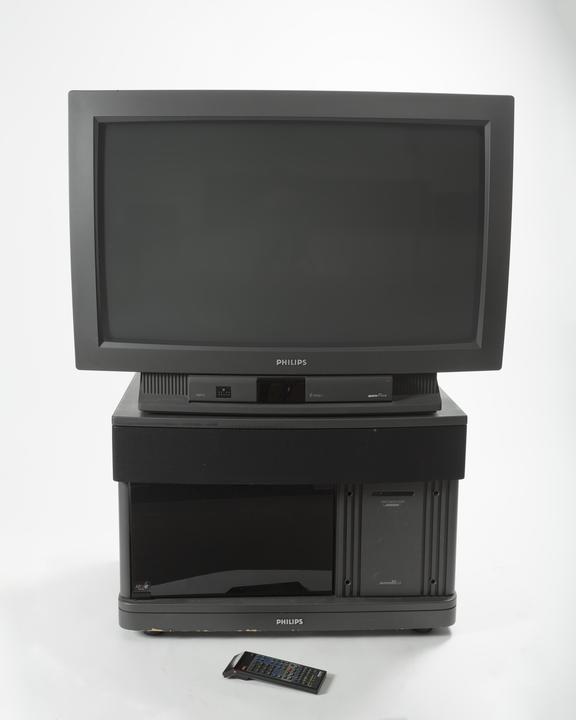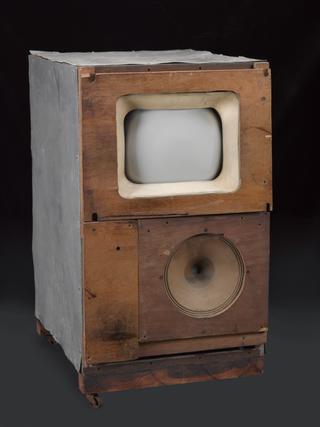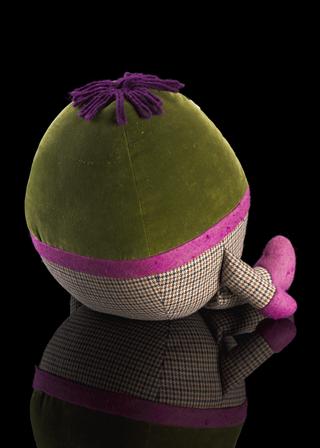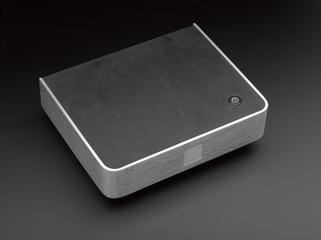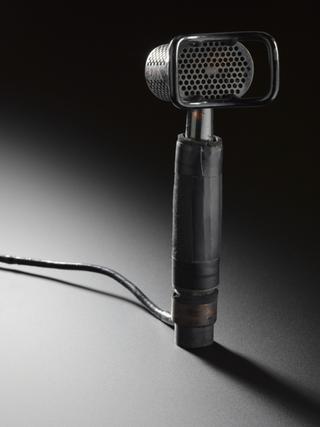Philips Base Stand with Bose Home Cinema Sound System
Philips base stand for use with Philips 'MatchLine' Eureka 95 high-definition monitor-receiver. Stand model 22AV1340/41M-HD, Serial number 9204A00700211, manufactured by Philips in Belgium, 1992. With Bose Home Cinema Sound System.
- Measurements:
-
overall: 500 mm x 740 mm x 460 mm,
- Materials:
- textile , glass , metal (unknown) , plastic (unidentified) , wood (unidentified) and electronic components
- Object Number:
- 2005-5024/1




